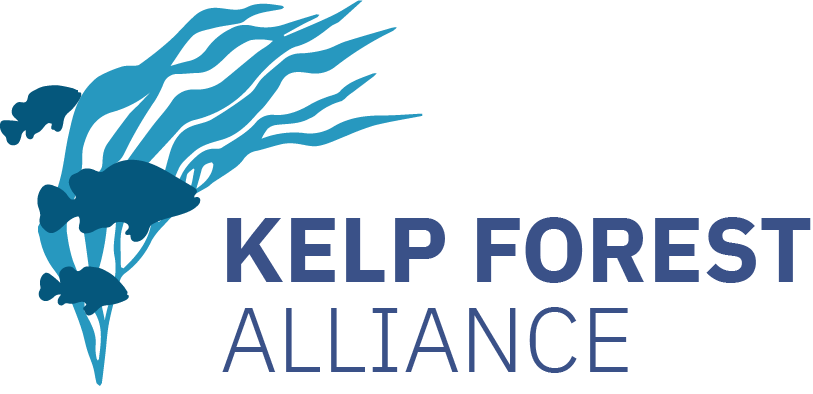Restoration Objective:
This experiment was conducted to determine whether Sydney's rocky shores are now suitable for the survival and recruitment of crayweed, and to assess the possibility of restoring these reefs to their natural states.
Site Selection Criteria:
Sydney sites were chosen that had similar conditions to donor sites and that historically hosted crayweed forests.
Cause Of Decline:
‘Crayweed’ forms dense forests on shallow reefs all the way from Port Macquarie to Tasmania. Crayweed (scientific name Phyllospora comosa) used to also be very abundant along the Sydney coastline, but sometime during the 1980s it disappeared completely from the metropolitan area between Palm Beach and Cronulla. The high volumes of poorly treated sewage that were pumped directly onto Sydney’s beaches and bays before the 1990s likely caused this decline. The problem is that although water quality in Sydney has improved dramatically since the establishment of deep ocean sewage outfalls, the crayweed forests have not returned on their own.
Key Reasons For Decline:
Water Pollution
Scientific Paper
Towards Restoration of Missing Underwater Forests
Plos One, Vol. 9.
https://doi.org/10.1371/journal.pone.0084106Organisations:
UNSW is an international university based in Sydney, Australia. It is the home of the Center for Marine Science and Innovation and partner institute with the Sydney Institue of Marine Scince. UNSW is blessed to be situated less than 10 minutes away from beautiful forests of Ecklonia radiata.
The aim of OPERATION CRAYWEED is to bring crayweed back to reefs where it once flourished and to re-establish this essential habitat and food source for Sydney’s coastal marine biodiversity.
Scientists at Operation Crayweed have already developed a successful method to create crayweed forests on reefs where they were once dominant, by transplanting healthy, fertile adults from existing populations and attaching them to deforested rocks using biodegradable mesh drilled into the bottom. There, they survive, they thrive and they start having sex - a lot of sex.





